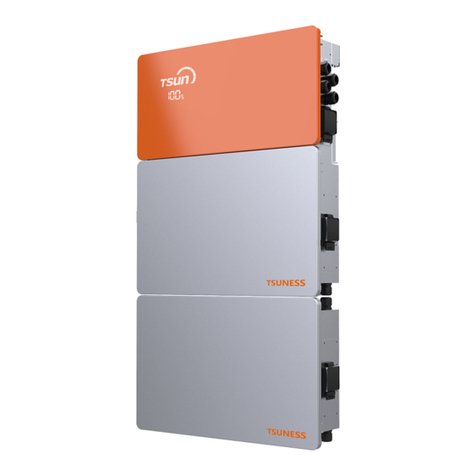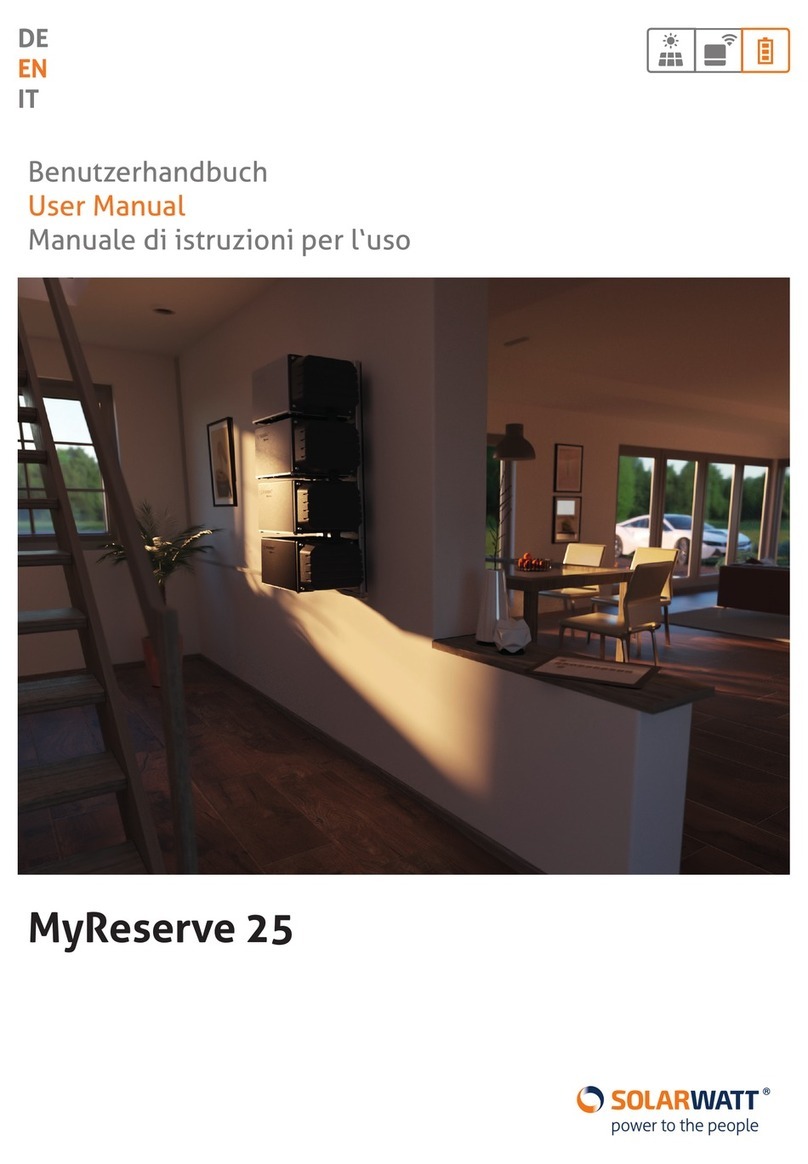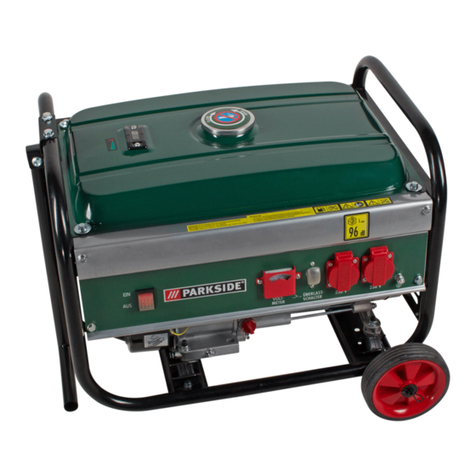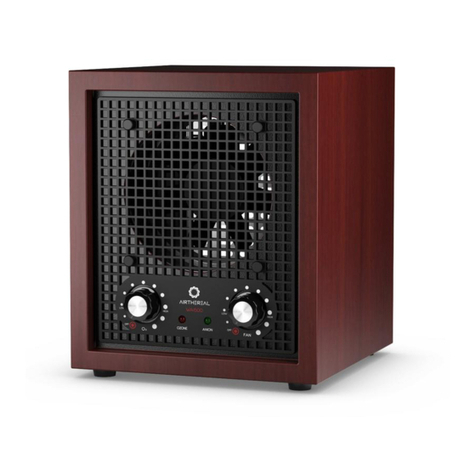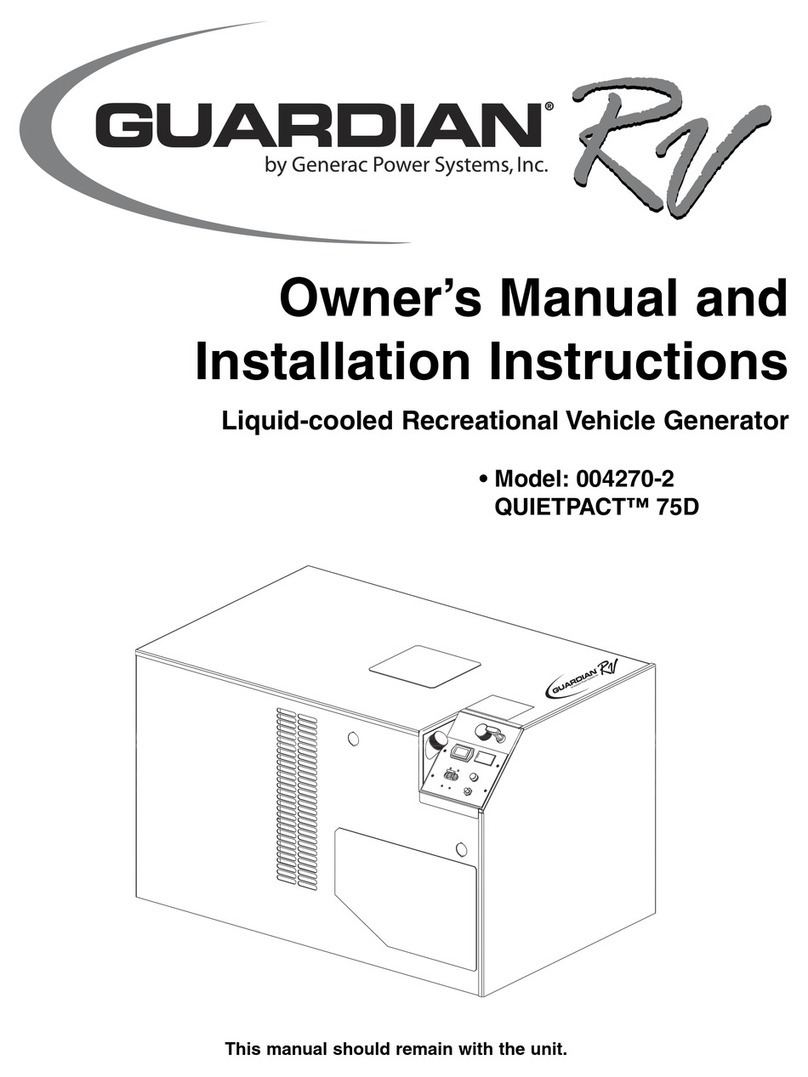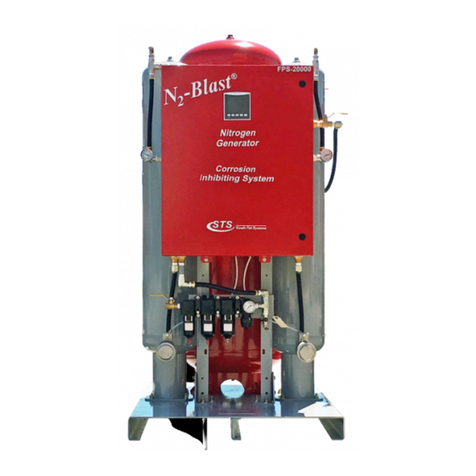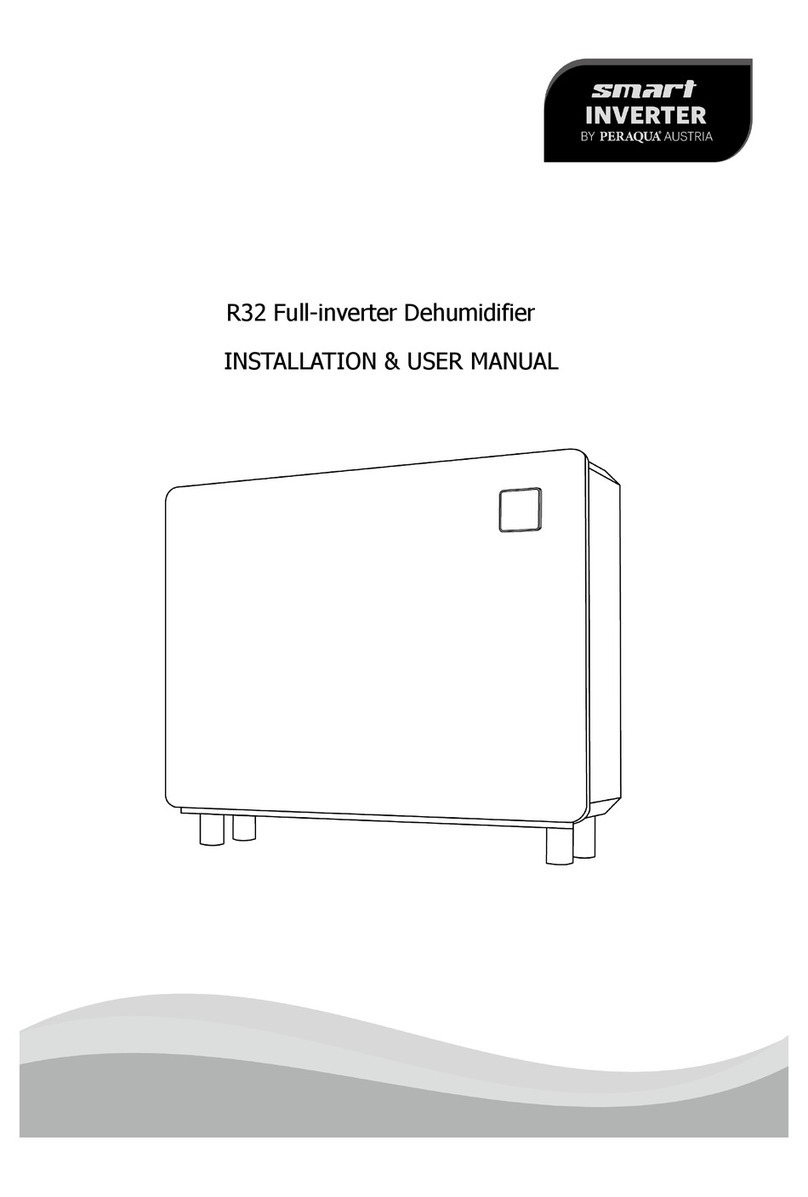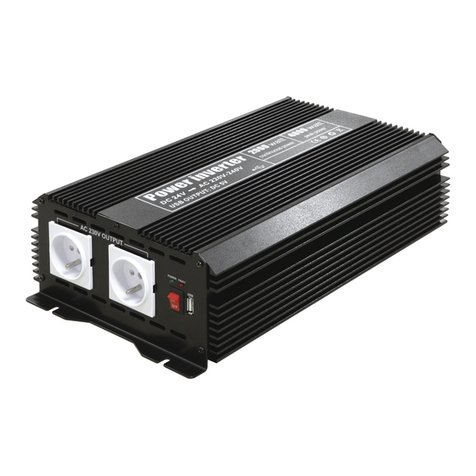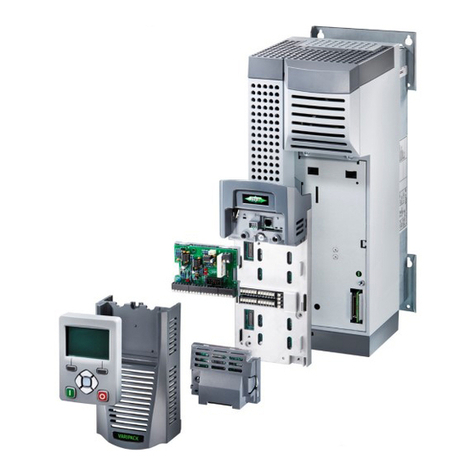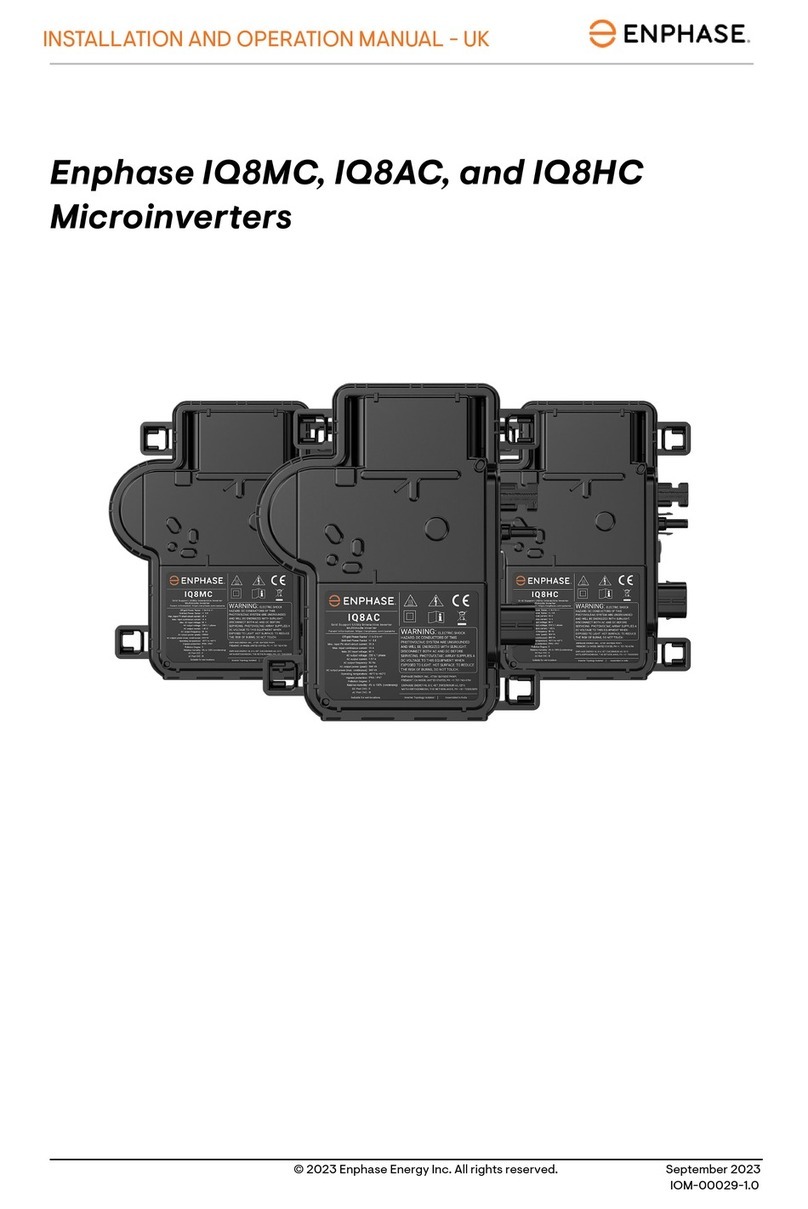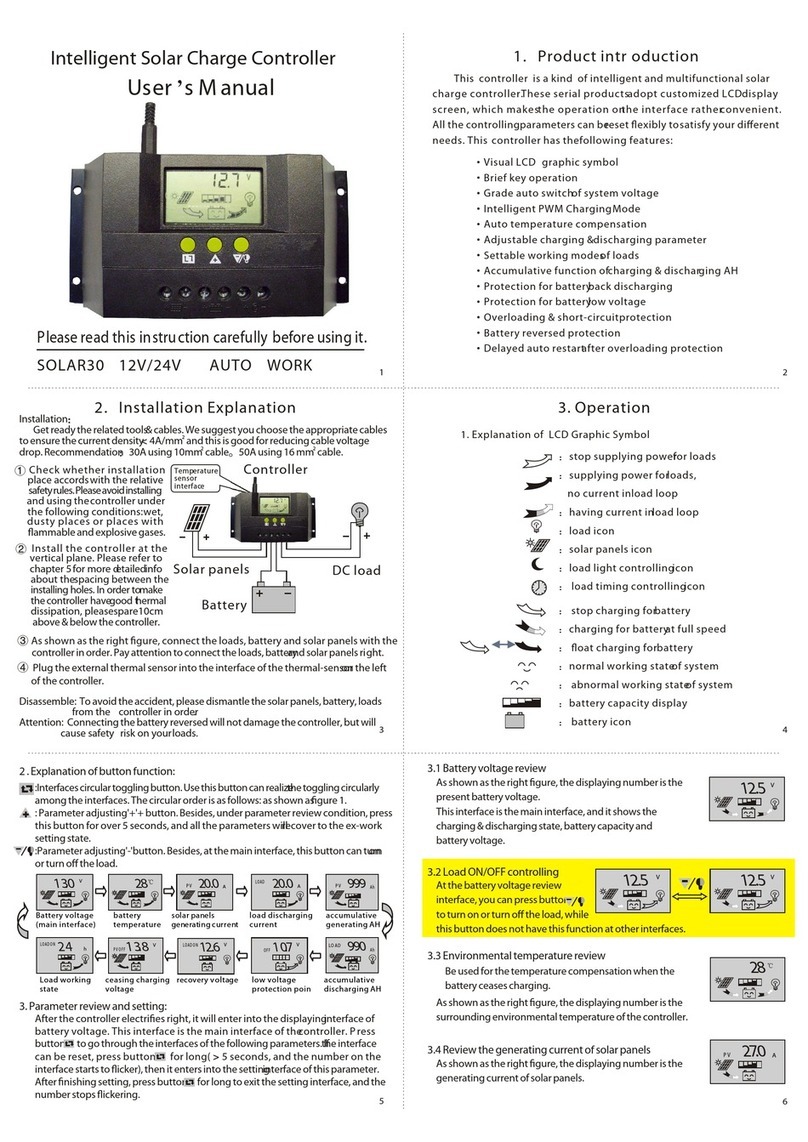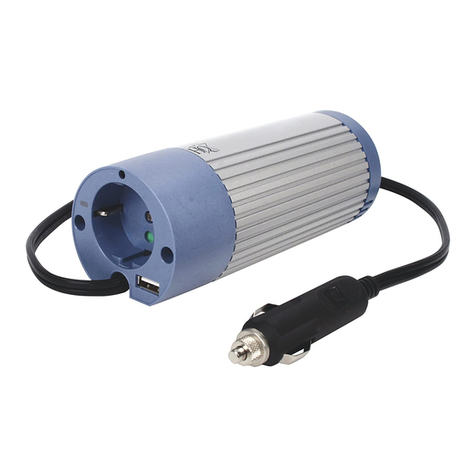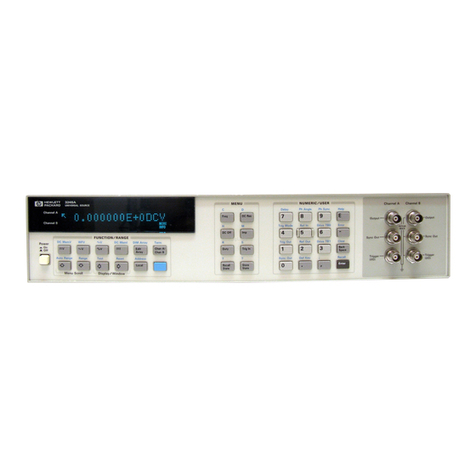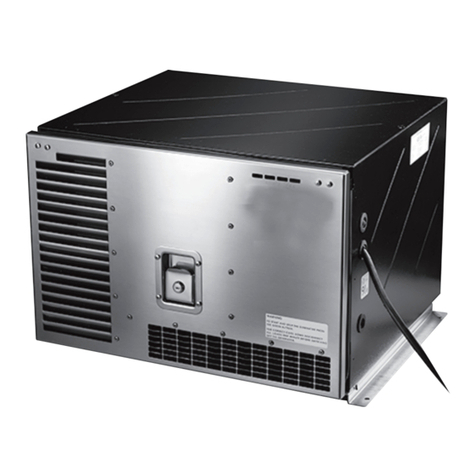
CB-100-2 17
5.1 Earth connection
EN61800-5-1 (product standard for adjustable speed
electrical power drive systems) and
DINEN50178DINVDE0160 (Electronic equipment
for use in power installations) have special earth re-
quirements as soon as an earth leakage current of
3.5mA is exceeded.
• The protective earth conductor cross-section for the
line conductors (L1, L2, L3) <16mm² must, in single
wire, be 10mm2 or must have two wires with the re-
spective phase cross-section each.
• For line conductors (L1, L2, L3) ≥16 mm² and ≤35
mm², the protective earth conductor must have a
cross section of 16mm².
• For line conductors (L1, L2, L3) >35 mm², the pro-
tective earth conductor cross-section must be at
least 50% of that of the phases used (L1, L2, L3).
All exposed metal parts in the VARIPACK frequency in-
verter are protected with a basic insulation and connec-
ted to the protective earth conductor.
WARNING
The VARIPACK frequency inverters can gener-
ate a direct current in the protective earth con-
ductor.
Risk of electric shock upon contact!
Wherever a residual current device (RCD) or a
residual current monitoring device (RCM) is
used for protection against direct or indirect con-
tact, only a RCD or RCM of type B (according to
IEC/EN60755) is permitted on the power supply
side!
Residual current circuit breakers (RCD or FI switch)
• Use only FI circuit breakers (RCD) sensitive to all
types of currents of type B that are capable of also
detecting residual direct currents.
• Select the RCD with respect to the system configura-
tion and environmental conditions.
5.2 Power connections (voltage supply cable and
motor cable)
DANGER
Wrong or insufficient earthing may result in life-
threatening electric shocks upon contact with
the VARIPACK frequency inverter!
Earth the complete VARIPACK frequency in-
verter permanently and check the earth contacts
at regular intervals!
Prior to any intervention in the device, check all
voltage connections for proper insulation.
Graphical explanations, see figure 11, page 18.
• Guide voltage supply cable and motor cable through
the intended cable entries under the cable clips into
the VARIPACK frequency inverter (see figure 11,
page 18) and connect to the power terminals. Ob-
serve the tightening torques of the terminals (see
table 3, page 16).
– Connect the voltage supply cable to the terminals
L1, L2, L3 and the protective earth conductor.
– Connect the motor cable to the terminals U(M1),
V(M2), W(M3) and the protective earth conductor.
– Observe the information regarding electromag-
netic compatibility (EMC) (see chapter Electro-
magnetic compatibility (EMC), page 22)!
• As standard, the VARIPACK frequency inverters are
equipped with a shut-off function, the Safe Torque
Off (STO). Due to the STO function, the main con-
tactor before or after the VARIPACK frequency in-
verter may be omitted (see chapter Schematic wiring
diagrams semi-hermetic reciprocating compressors,
page 26). For further information on the STO func-
tion, see chapter Safe Torque Off (STO), page 24.





















